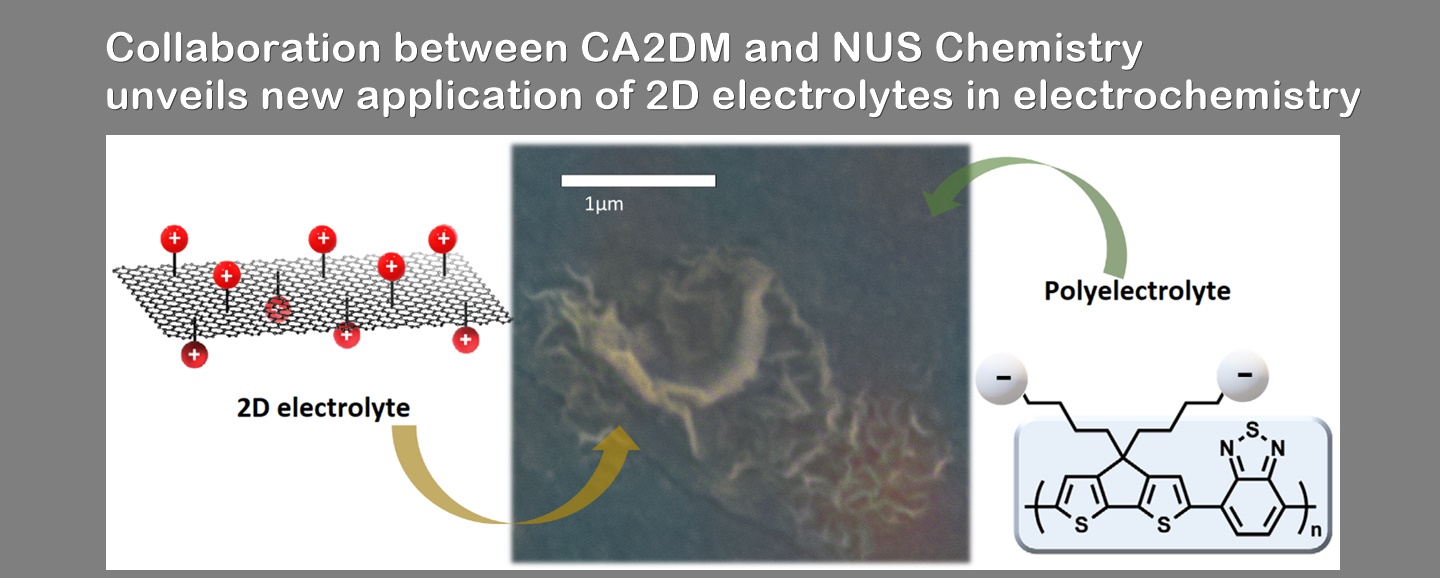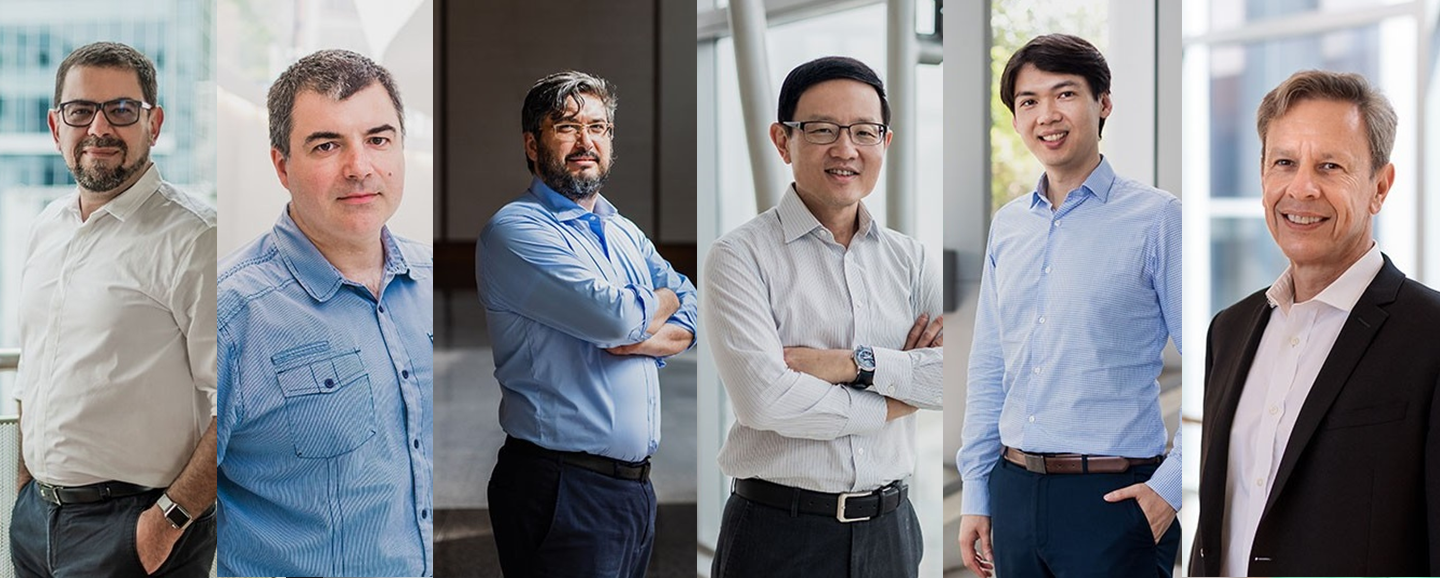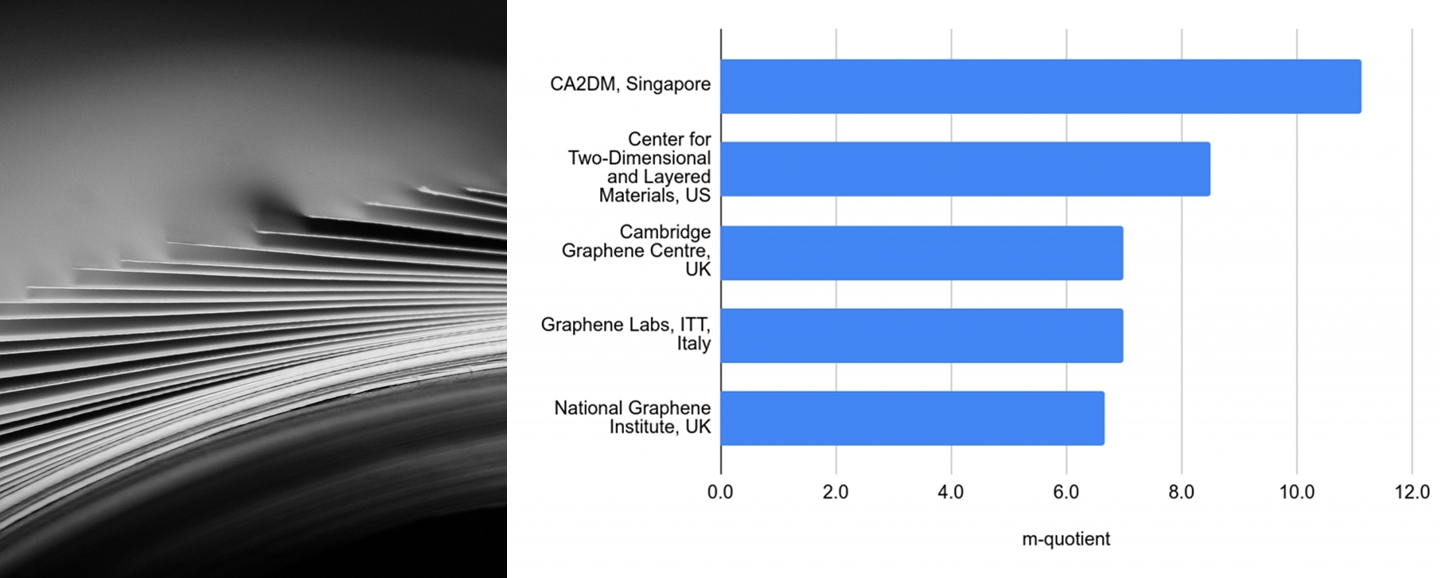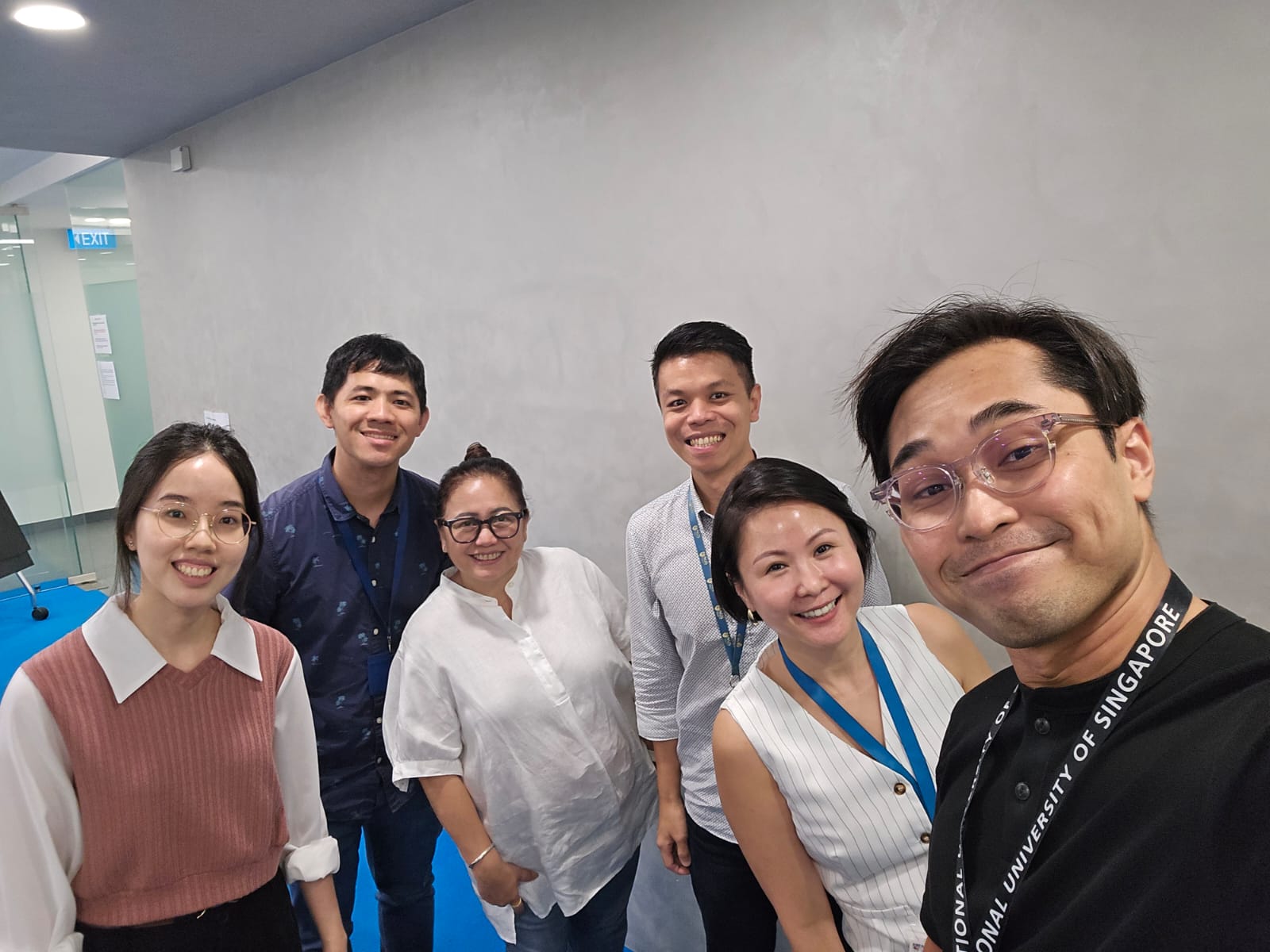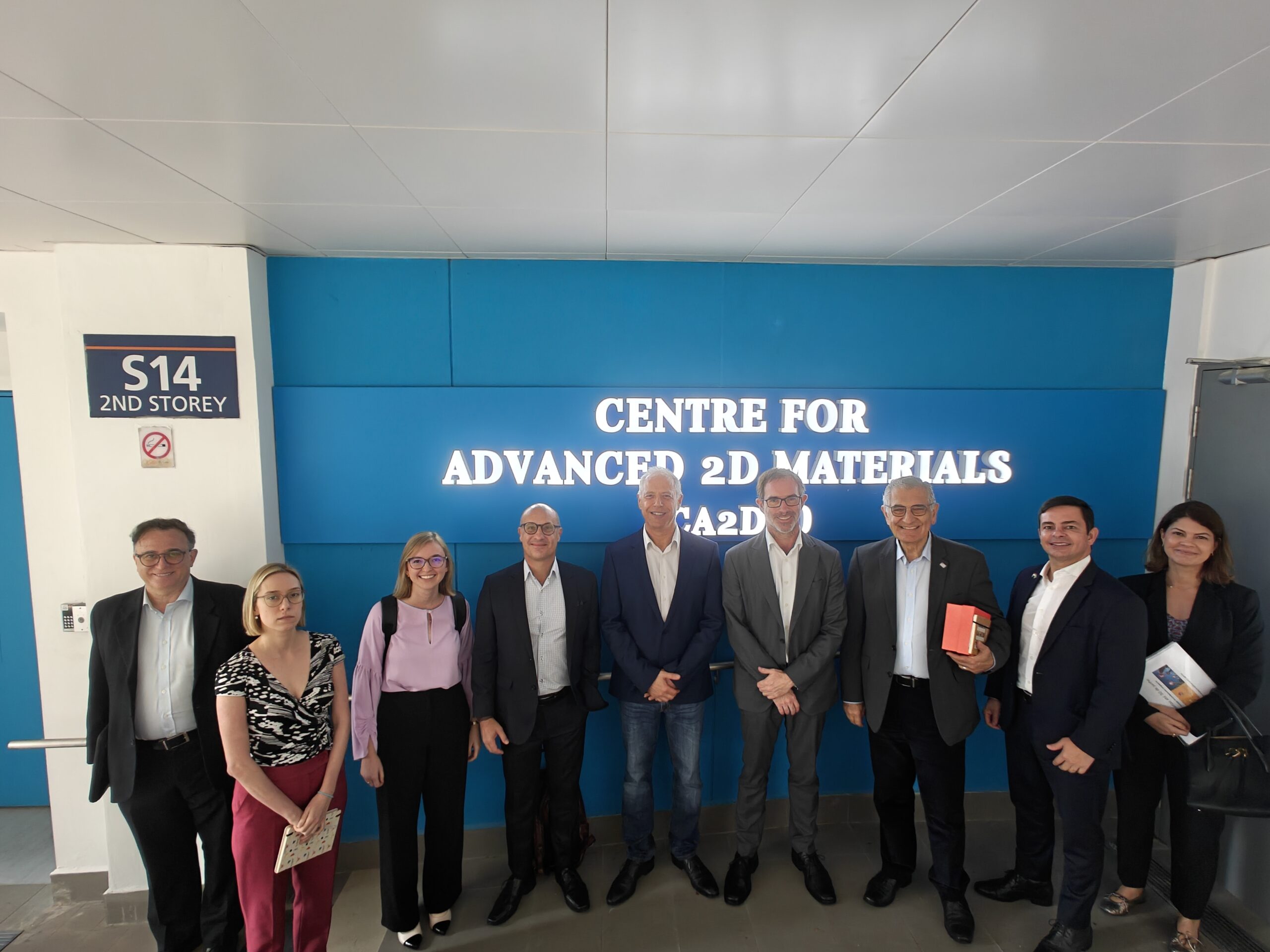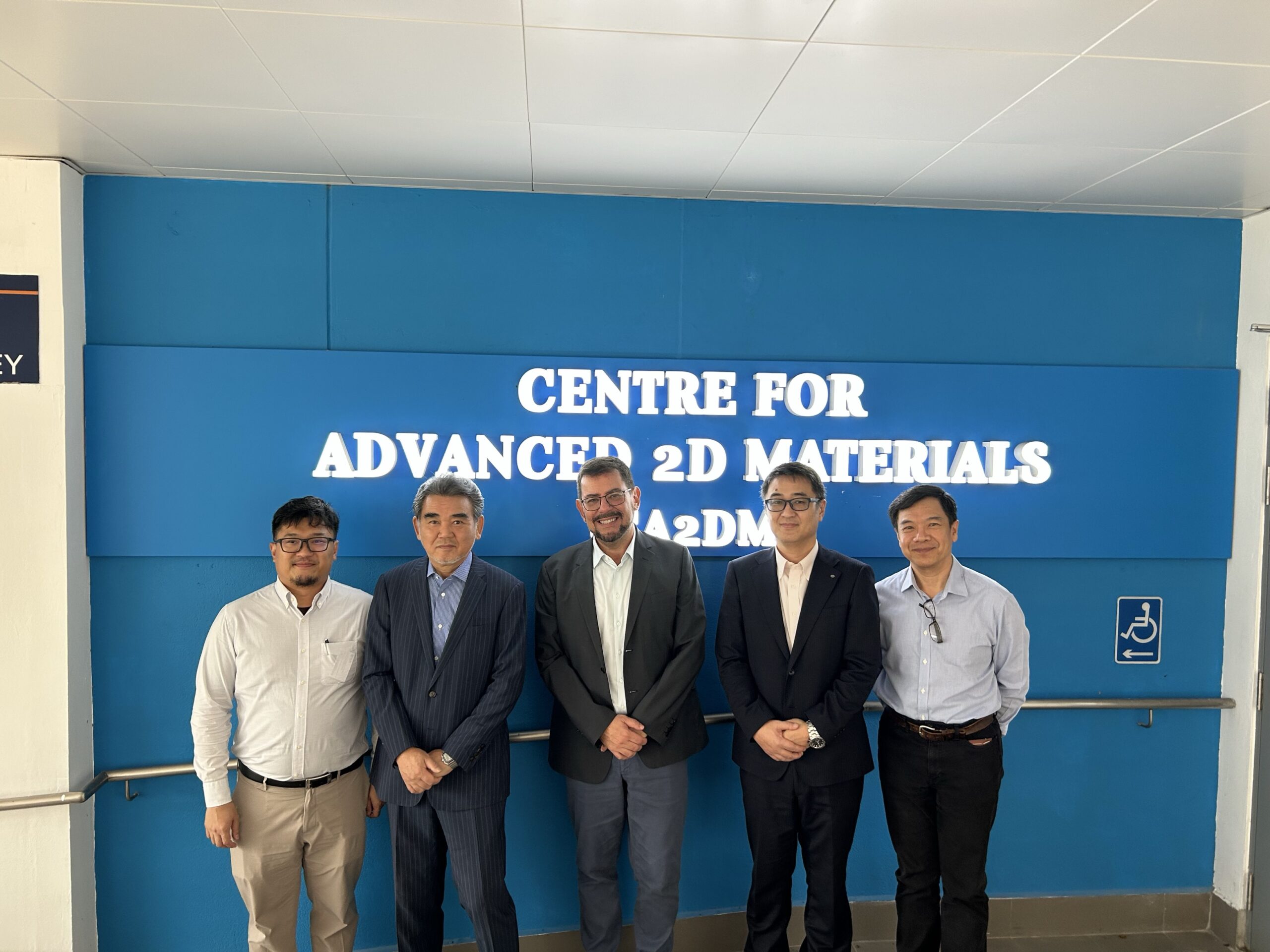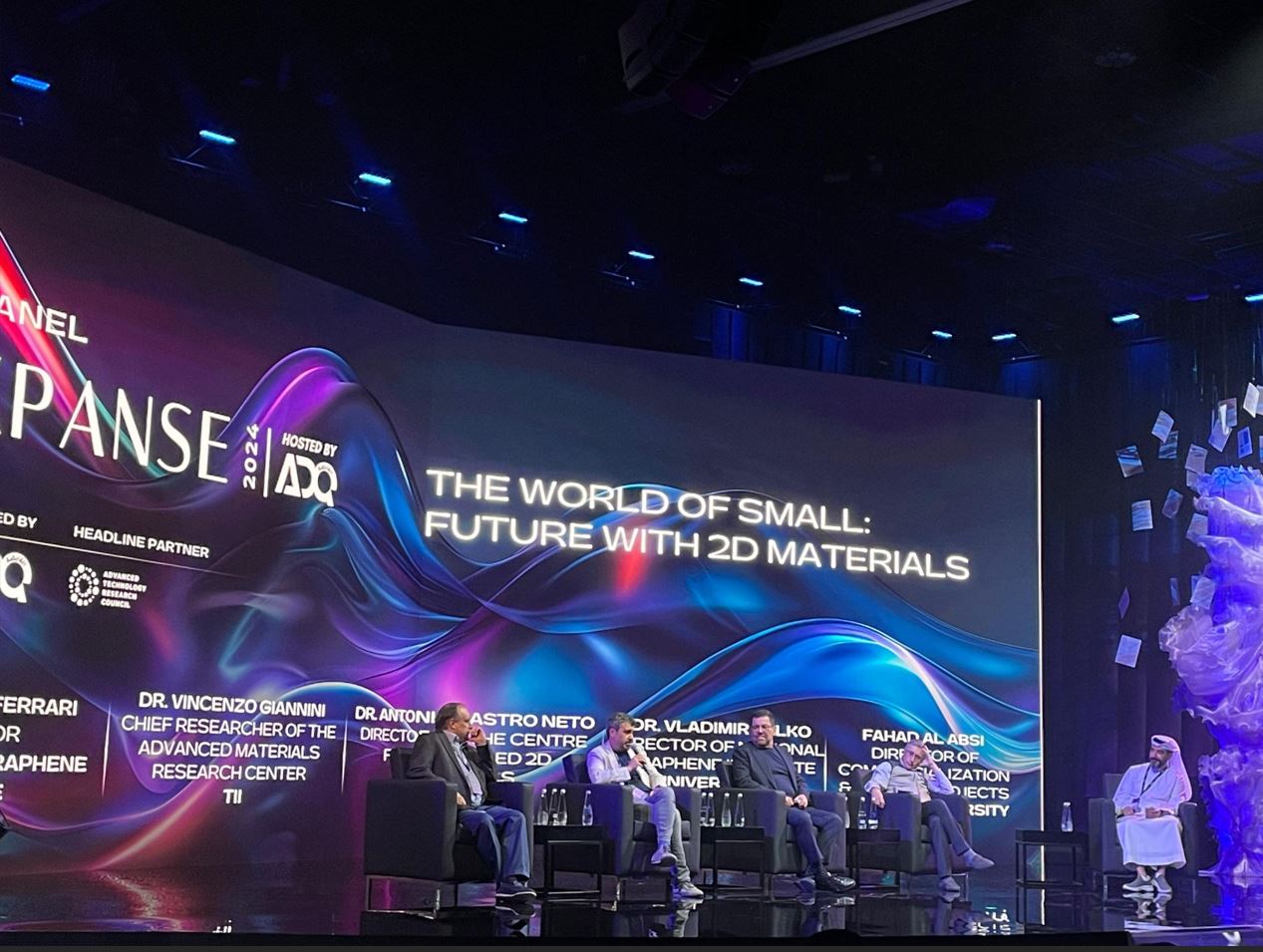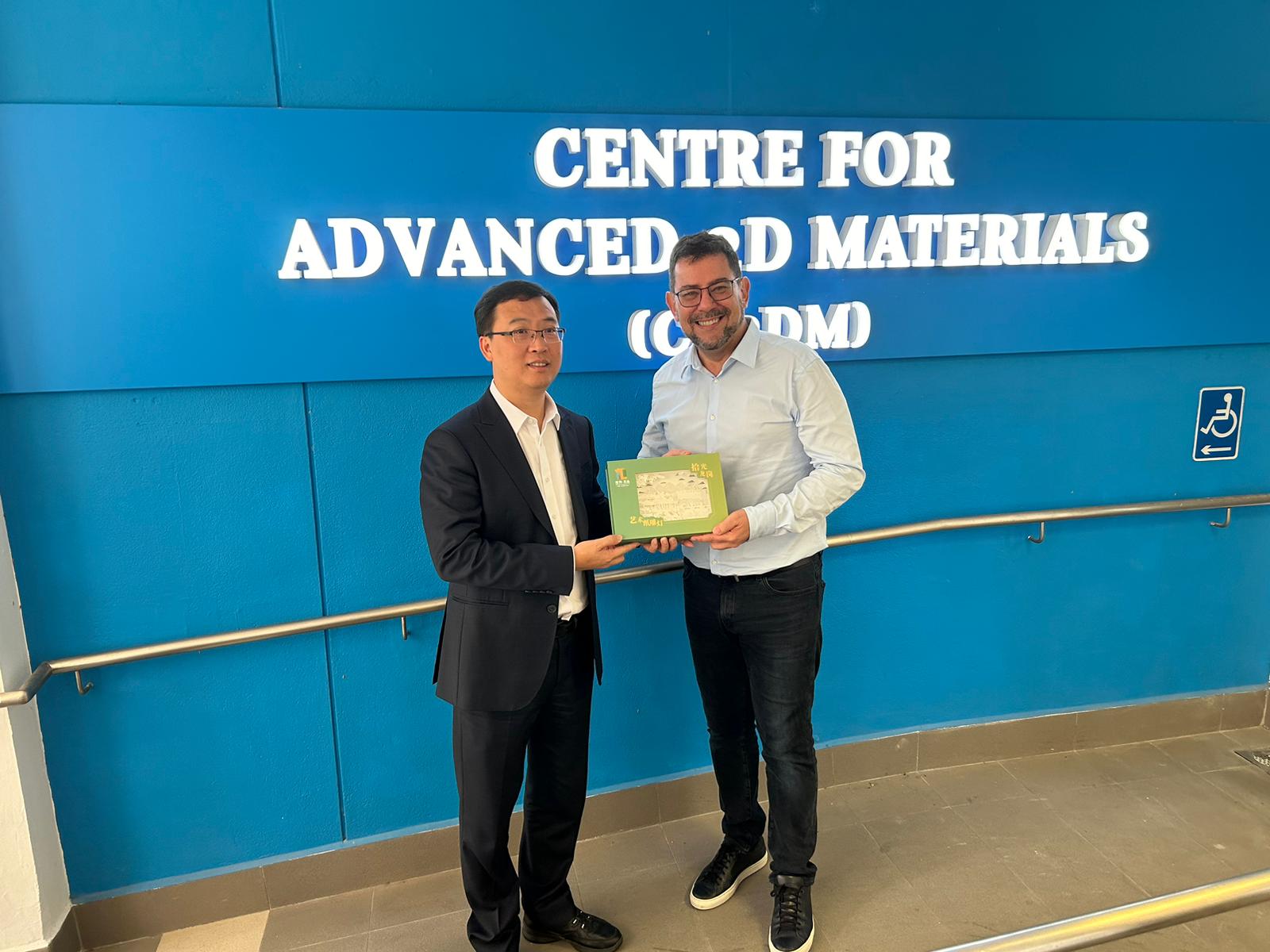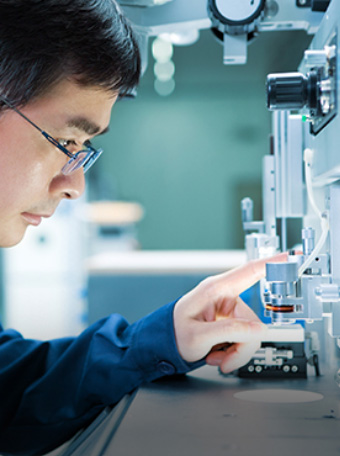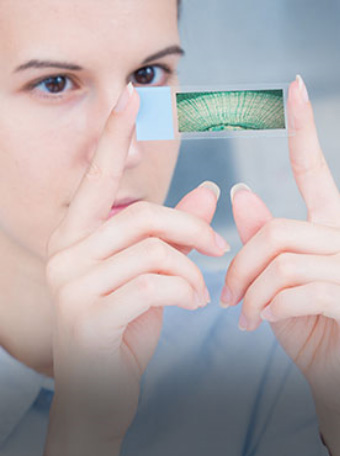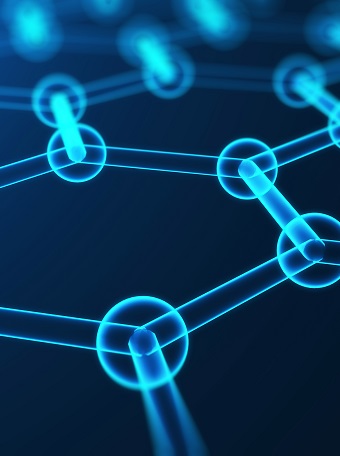The inauguration of the CBMM-CA2DM Advanced Battery Laboratory on 22 May 2023
News Highlights
Keep up to date with our latest news stories and events! Learn more about our programmes, activities, research innovation, and workshops.

Who We are
Established in 2010 within the National University of Singapore, the Graphene Research Centre (GRC) was created for the conception, characterization, theoretical modeling, and development of transformative technologies based on two-dimensional crystals, such as graphene.
Research Areas
Events
-
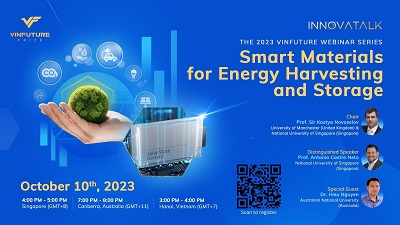 10OctOctober InnovaTalk webinar: “Smart Materials for Energy Harvesting and Storage”Read More
10OctOctober InnovaTalk webinar: “Smart Materials for Energy Harvesting and Storage”Read More -
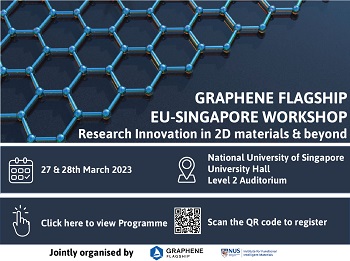 27MarThe 1st Graphene Flagship EU-Singapore Workshop on Graphene and related 2D MaterialsRead More
27MarThe 1st Graphene Flagship EU-Singapore Workshop on Graphene and related 2D MaterialsRead More -
 22SepTowards three-dimensional atom-by-atom imaging by STEM depth sectioningRyo Ishikawa is a Project Associate Professor at the Institute of Engineering Innovation at the University of Tokyo, Japan. He completed his Ph.D. inRead More
22SepTowards three-dimensional atom-by-atom imaging by STEM depth sectioningRyo Ishikawa is a Project Associate Professor at the Institute of Engineering Innovation at the University of Tokyo, Japan. He completed his Ph.D. inRead More -
 26JulTurning on the heat with spins and their transport across interfacesHari Srikanth is a Distinguished University Professor at the University of South Florida. He received his Ph.D. in experimental condensed matter physiRead More
26JulTurning on the heat with spins and their transport across interfacesHari Srikanth is a Distinguished University Professor at the University of South Florida. He received his Ph.D. in experimental condensed matter physiRead More -
 20AprTowards Single Atom Catalysis for Environmental ApplicationJaehong Kim is currently Henry P. Becton Sr. Professor of Engineering and Department Chair of Chemical and Environmental Engineering in School of EngiRead More
20AprTowards Single Atom Catalysis for Environmental ApplicationJaehong Kim is currently Henry P. Becton Sr. Professor of Engineering and Department Chair of Chemical and Environmental Engineering in School of EngiRead More




